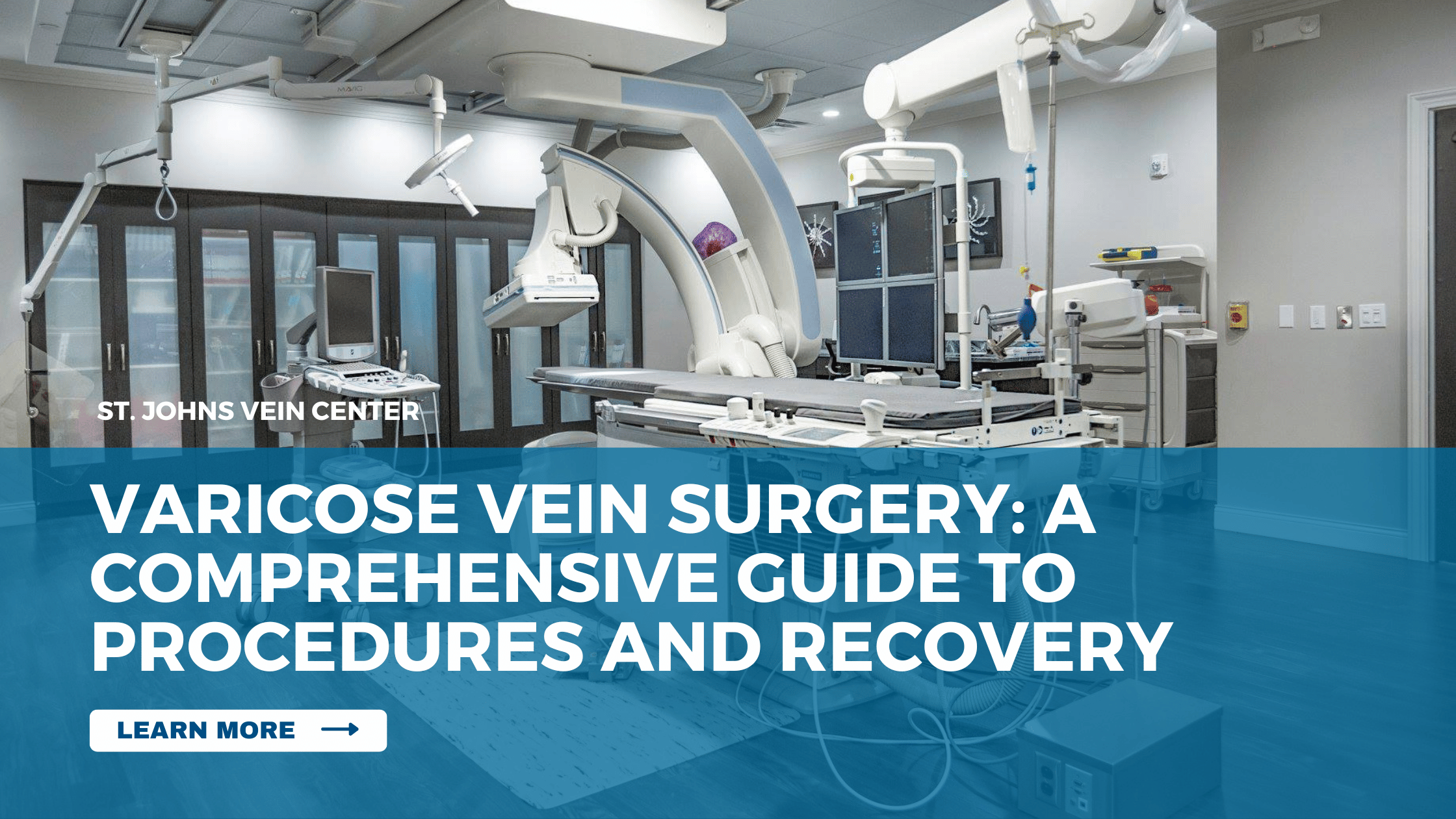Varicose veins, characterized by knotty, enlarged, and discolored veins, are often caused by blood pooling in the legs. While they may seem a mere cosmetic issue, they can significantly impact your quality of life, leading to severe pain, skin problems, or even blood clots. Here’s a comprehensive guide to understanding when surgery is needed, the available procedures, and what to expect during recovery.
When is Varicose Vein Surgery Needed for Varicose Veins?
The first line of treatment for varicose veins typically involves lifestyle changes and wearing compression stockings. However, medical procedures may become necessary if you experience:
- Severe pain
- Skin problems
- Blood clots
Some also choose surgery to enhance the appearance of their legs.
Choosing the Right VARICOSE VEIN SURGERY Procedure
The decision on the proper procedure depends on several factors, including:
- Your age and overall health
- The extent and symptoms of your varicose veins
- Your goals and opinions about appearance
- The doctor’s expectations for your future condition
Anesthesia options may include “local anesthesia” (numbing a small part of your body) or “general anesthesia” (you’re not awake during surgery).
Procedures to Close or Remove Varicose Veins
Varicose vein treatments can be categorized into two main groups: closing or removing the veins.
Closing the Veins:
- Sclerotherapy: Your doctor injects a solution into the vein, causing it to scar and collapse. Multiple treatments, 4 to 6 weeks apart, may be needed. Compression stockings are worn afterward.
- Microsclerotherapy: Similar to sclerotherapy but for smaller veins.
- Laser Therapy: High-intensity light is used to close off the vein, mainly for smaller varicose veins.
- Endovenous Ablation Therapy: Laser or radio waves create heat that closes the vein. You’ll be awake but numbed, and a thin tube is inserted through a small cut.
- Endoscopic Vein Surgery: A small camera on a tiny tube is used to close the vein, usually for severe skin ulcers.
Removing the Veins:
- Ambulatory Phlebectomy: Removes veins close to the skin’s surface through minor cuts. You remain awake and can usually go home the same day.
- Vein Stripping and Ligation: General anesthesia is given for severe cases, and the veins are tied off and removed. The saphenous vein may be left if needed for future heart bypass surgery.
Recovery and Aftercare
Depending on the procedure, Recovery time varies from the same day to 1 to 4 weeks. Common side effects may include:
- Swelling
- Bruising
- Change in skin color
- Pain
Rare complications include blood clots, severe pain, infection, and scarring. Elastic bandages and compression stockings may be required, and exercising is encouraged to prevent dangerous blood clots.
Preventing Future Varicose Veins
It’s essential to recognize that surgery treats existing varicose veins, but new ones may develop. Preventive measures include:
- Watching your weight
- Exercising regularly
- Raising your feet when sitting
- Avoiding crossing legs and wearing tight clothes
Varicose vein surgery is a personalized treatment with various options tailored to individual needs and conditions. A thorough consultation with a healthcare provider is vital to determine the best approach for you. With proper care, adherence to post-procedure guidelines, and preventive measures, you can achieve improved comfort and appearance in your legs, enhancing your overall quality of life.




